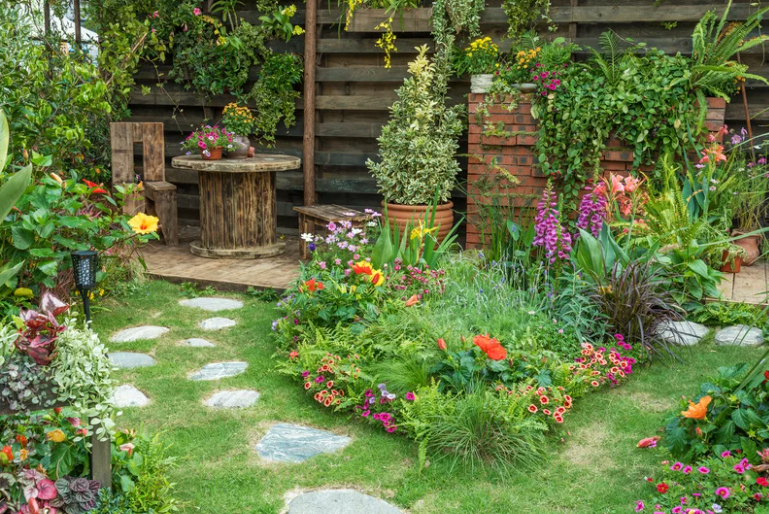Unleashing the Power of Sustainability
In a time where the importance of sustainability is becoming increasingly evident, the concept of a self-sufficient backyard has emerged as a beacon of hope. By implementing various principles and strategies, we can transform our outdoor space into a hub of self-sustenance, empowering us to live more harmoniously with the environment. In this blog post, we will explore the principles behind self-sufficiency, discuss the benefits and potential drawbacks, and provide practical steps for you to create your own sustainable backyard paradise.
Understanding the Principles:

Self-sufficiency in our backyard involves embracing four key principles: growing your own food, harnessing renewable resources, conserving water, and promoting biodiversity. These principles ensure that our everyday needs are met while minimizing our ecological impact.
Growing Your Own Food:
Growing food in our backyard not only reduces our dependence on industrial agriculture but also brings us closer to nature. Imagine picking fresh tomatoes off the vine and gathering a handful of herbs to season your meals. By adopting techniques like permaculture, vertical gardening, and companion planting, you can maximize your yield and optimize space utilization.
Harnessing Renewable Resources:
Our backyard holds immense potential to generate renewable energy. Solar panels, wind turbines, and even small-scale hydroelectric systems can be integrated, allowing us to tap into the power of nature while reducing dependence on fossil fuels. Additionally, composting organic waste turns it into nutrient-rich soil, completing the self-sufficiency cycle.
Conserving Water:
As freshwater scarcity looms, adopting water-saving strategies is crucial. Capturing rainwater using barrels or designing rain gardens helps mitigate runoff while providing a valuable water source for gardening. Installing efficient irrigation systems, drip systems, and mulching techniques also ensure that every precious drop counts.
Promoting Biodiversity:
A self-sufficient backyard seeks to create a thriving ecosystem. By planting native species and avoiding harmful pesticides, we can attract pollinators, birds, and other beneficial wildlife. Building insect hotels, installing birdhouses, or creating a small pond can offer additional benefits while supporting local biodiversity.

Benefits and Potential Drawbacks:
Benefits of a Self-Sufficient Backyard:
a) Better Health and Nutrition: Homegrown fruits and vegetables are fresher, more organic, and free from harmful chemicals.
b) Cost Savings: By reducing dependency on grocery stores and utility providers, you can save on expenses in the long run.
c) Environmental Stewardship: By living sustainably, we play a vital role in preserving our planet for future generations.
Potential Drawbacks:
a) Initial Investment: Creating a self-sufficient backyard may require some upfront expenditure on equipment, structural modifications, and education.
b) Learning Curve: Developing a green thumb and understanding the complexities of sustainable practices can be challenging, but with patience and effort, it becomes easier over time.
Implementing the Ideas:
a) Start Small: Begin with a few raised beds or containers for growing food. Gradually expand as your knowledge and skills grow.
b) Educate Yourself: Attend workshops, read books, and consult local experts to gain insights into sustainable gardening practices.
c) Community Support: Engage with local gardening groups and online forums to exchange knowledge, seeds, and support.
d) Track Progress: Monitor water and energy usage, track yields, and document the benefits experienced to measure your success.
As we become more aware of our impact on the environment, the concept of a self-sufficient backyard offers an empowering solution. By embracing the principles of growing our own food, harnessing renewable resources, conserving water, and promoting biodiversity, we can create a sustainable oasis right outside our doorstep. It’s time to unleash the transformative potential of our outdoor spaces and cultivate a more sustainable lifestyle. Start small, be patient, and watch as your backyard becomes a thriving ecosystem that nourishes both you and the planet.

